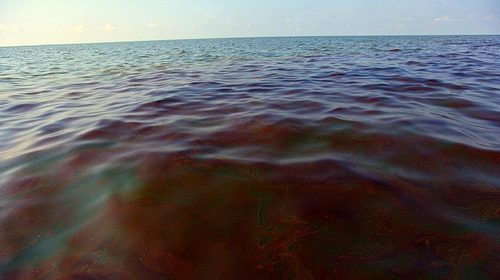The U.S. Coast Guard announced that cooperated with ConEdison, the New York State Department of Environmental Conservation (DEC) and the Environmental Protection Agency (EPA), to respond to a spill of dielectric fluid from a ConEdison power station, in the East River, on May 6.
The accident occurred when a transformer failed on the ConEdison Farragut Substation in Brooklyn. The USCG said that is evaluating the safety zone that was created due to the spill, that was implemented as a precaution to protect waterway users from potential health hazards directly related to the spill, and to aid in the response of the spill.
At the time of the failure, approximately 31,000 gallons of dielectric fluid was released from a 37,000 gallon capacity transformer into a containment area on the ConEdison substation. An unknown amount of the fluid subsequently spilled into the East River, according to USCG.
So far, a total of 6,300 gallons have been recovered from the containment area and 520 gallons have been recovered from the water. The Coast Guard estimates approximately 10 times of what has been recovered from the water may have seeped into the waterway, impacting areas along the East River and the Buttermilk Channel.
The safety zone includes all waters on the Brooklyn side of the East River south from the Williamsburg Bridge to the Brooklyn Bridge. Recreational and human powered vessels may not enter, remain in, or transit through the safety zone during the enforcement period unless authorized by the Coast Guard Captain of the Port or designated Coast Guard personnel. Mariners are requested to exercise caution while near the area.
The response included boom and skimming vessels employed to prevent the spread of the pollution and collect amounts of the dielectric fluid. The Coast Guard is currently conducting overflights with the assistance of the NYPD. Shoreline assessments are also being made to determine the effectiveness of response efforts by ConEdison and judge the continued necessity of the safety zone.





























































